1. Headstand (Sirsasana)
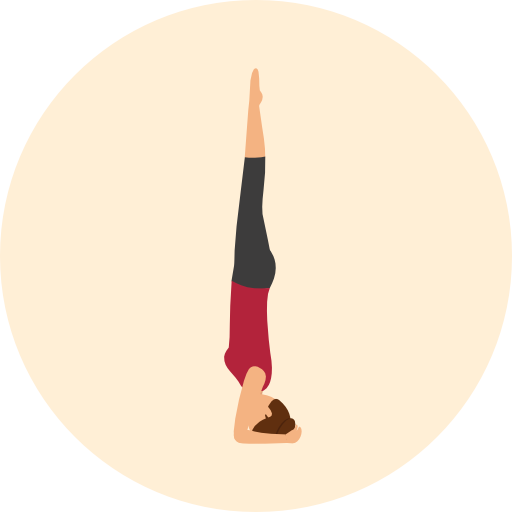
Headstand, or Sirsasana in Sanskrit, is an advanced yoga pose that
involves balancing the body on the head and forearms. To come into
the pose, start in a kneeling position and place your forearms on
the ground, interlacing your fingers. Place the crown of your head
on the ground between your palms, and slowly straighten your legs,
lifting them up towards the ceiling. Engage your core muscles to
keep your body in a straight line, and breathe deeply. Headstand
is often considered the "king" of all yoga poses, and it requires
strength, balance, and concentration.
2. Shoulderstand (Sarvangasana)
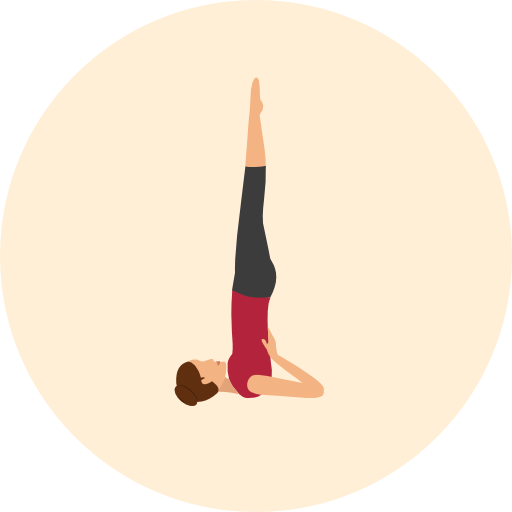
An inverted yoga pose that involves lifting your entire body up
with your shoulders as the base of support. To come into the pose,
start by lying on your back with your arms at your sides. Lift
your legs up towards the ceiling, then place your hands on your
lower back for support as you lift your hips off the ground. Bring
your legs up and over your head, keeping your hands on your back
for support, until your toes touch the ground behind your head.
Straighten your legs and engage your core muscles to hold the
pose, and breathe deeply. Shoulderstand is often practiced as part
of a larger sequence of yoga poses.
3. Cat-Cow Stretch (Marjaryasana-Bitilasana)
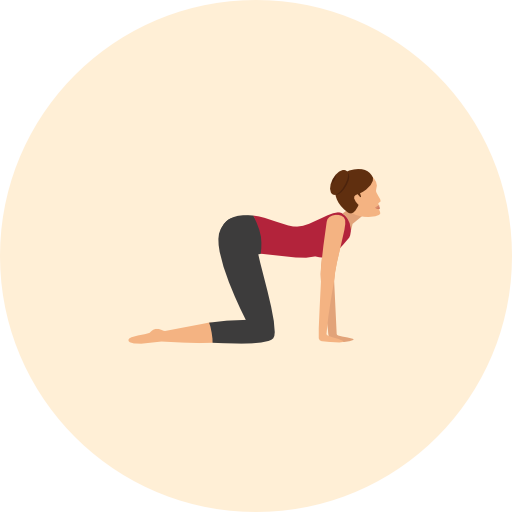
A gentle yoga pose that involves moving the spine through two
opposing positions. To come into the pose, start on your hands and
knees with your wrists directly under your shoulders and your
knees under your hips. Inhale as you arch your spine, lifting your
head and tailbone towards the ceiling and allowing your belly to
sink towards the ground - this is the cow pose (Bitilasana).
Exhale as you round your spine, tucking your chin to your chest
and bringing your tailbone towards your knees - this is the cat
pose (Marjaryasana). Move slowly and smoothly between these two
poses, coordinating each movement with your breath. Cat-Cow
Stretch is often used as a warm-up or a gentle movement to help
relieve tension in the spine, improve flexibility, and increase
mindfulness.
4. Plough (Halasana)
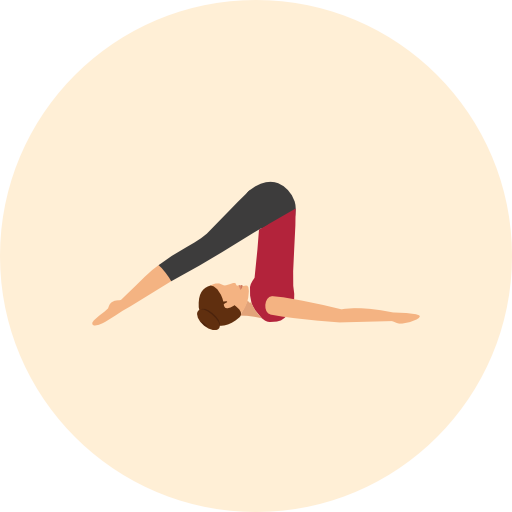
An inverted yoga pose that involves folding the body in half and
bringing the feet over the head. To come into the pose, start by
lying on your back with your arms at your sides. Lift your legs up
towards the ceiling, then slowly lower them over your head until
your toes touch the ground behind you. Keep your hands on your
lower back for support, and breathe deeply as you hold the pose.
Plough pose is a challenging posture that requires flexibility in
the back, hamstrings, and shoulders, as well as strength in the
core and legs.
5. Downward Facing Dog (Adho Mukha Shwanasana)
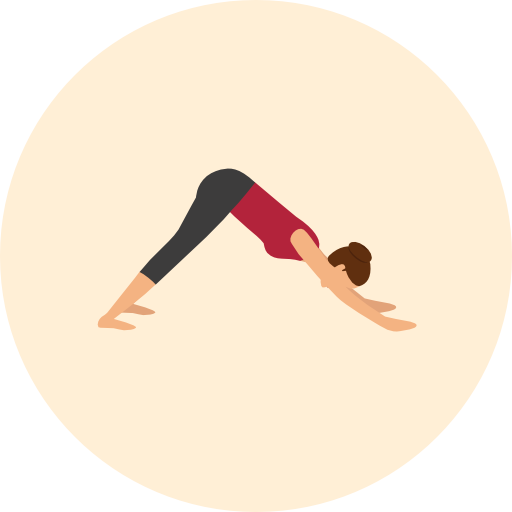
A foundational yoga pose that involves stretching the entire body,
especially the hamstrings, calves, and spine. To come into the
pose, start on your hands and knees with your wrists directly
under your shoulders and your knees under your hips. Spread your
fingers wide and press into your hands as you lift your hips up
and back, straightening your arms and legs and forming an inverted
"V" shape with your body. Keep your head and neck relaxed, and
gaze towards your feet or your navel. Downward Facing Dog is often
used as a resting pose or a transitional pose between other yoga
postures.
6. Sitting Forward Bend (Paschimottanasana)
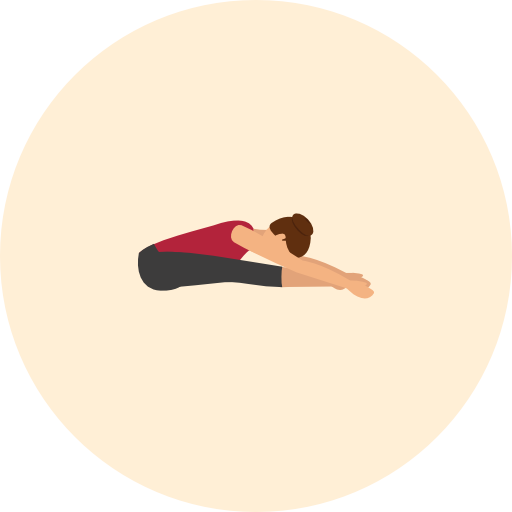
A seated yoga pose that involves folding the body forward over the
legs, stretching the entire back of the body from the heels to the
crown of the head. To come into the pose, sit on the floor with
your legs extended straight out in front of you. Inhale to
lengthen your spine, then exhale to fold forward from the hips,
reaching your hands towards your feet or ankles. Keep your knees
straight and your spine long, and breathe deeply as you hold the
pose. Sitting Forward Bend is a calming posture that can help
relieve stress and anxiety, as well as improve digestion and
stimulate the internal organs.
7. Cobra (Bhujangasana)
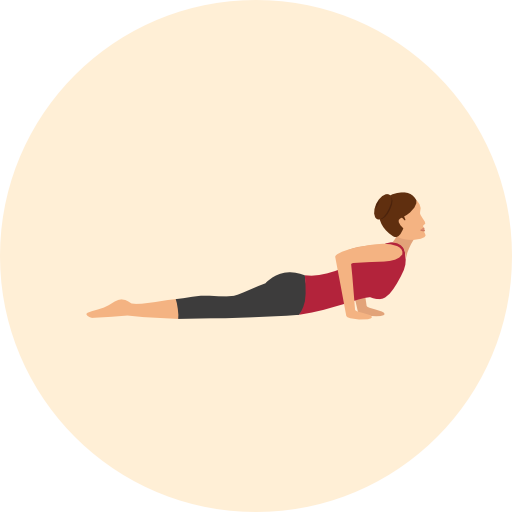
A backbend yoga pose that strengthens the spine and opens the
chest, shoulders, and abdomen. To come into the pose, start by
lying on your stomach with your hands placed on the ground under
your shoulders, fingers spread wide. Inhale as you press into your
hands, lifting your chest and upper body off the ground, keeping
your elbows close to your sides. Look up towards the ceiling or
sky, keeping your shoulders relaxed and your gaze soft. Cobra pose
is often used as a warm-up for deeper backbends or as a gentle
stretch for the back and spine.
8. Locust (Salabhasana)
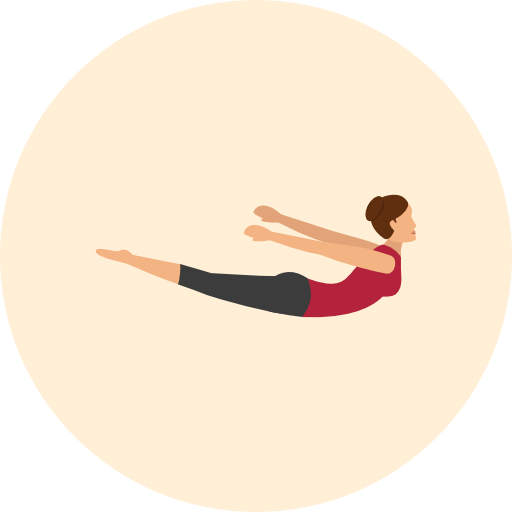
A back-strengthening yoga pose that targets the muscles of the
lower back, glutes, and hamstrings. To come into the pose, start
by lying on your stomach with your arms resting alongside your
body, palms facing down. Inhale as you lift your legs, chest, and
arms off the ground, keeping your gaze forward and your shoulders
relaxed. Press your pelvis and legs down into the ground,
lengthening through your spine and reaching your fingers towards
your toes. Hold the pose for several breaths before lowering back
down to the ground.
9. Bow (Dhanurasana)
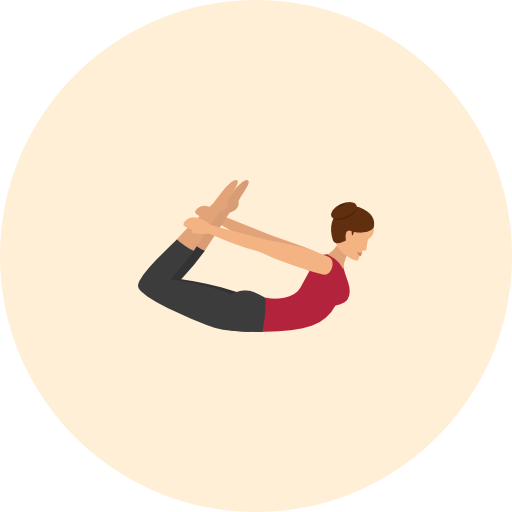
A back-bending yoga pose that strengthens the back muscles and
opens the chest, shoulders, and hips. To come into the pose, start
by lying on your stomach with your chin on the ground and your
arms alongside your body, palms facing up. Inhale as you bend your
knees and reach back to grasp your ankles or shins with your
hands. Exhale as you lift your chest and thighs off the ground,
pressing your feet and shins back into your hands. Keep your gaze
forward and your shoulders relaxed as you hold the pose for
several breaths before releasing back down to the ground.
10. Bridge Pose (Setu Bandha Sarvangasana)
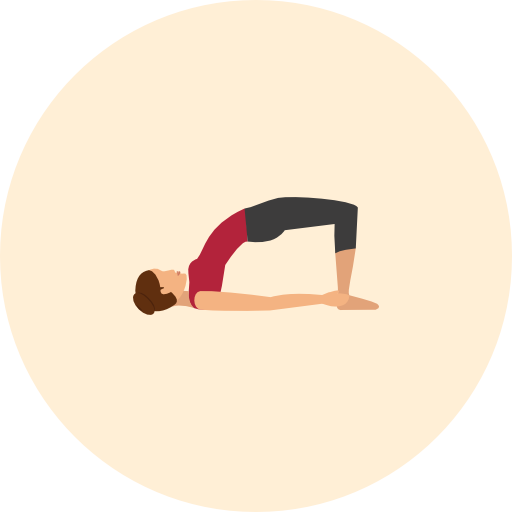
A gentle back-bending yoga pose that strengthens the back muscles,
opens the chest, and stretches the hips and thighs. To come into
the pose, start by lying on your back with your knees bent and
feet flat on the ground. Inhale as you press your feet and arms
down into the ground and lift your hips up towards the ceiling,
keeping your knees in line with your ankles and your arms and
shoulders relaxed. Clasp your hands together underneath your body
and roll your shoulders underneath you to lift your chest higher.
Hold the pose for several breaths before releasing back down to
the ground.
11. Standing Forward Bend (Pada Hastasana)
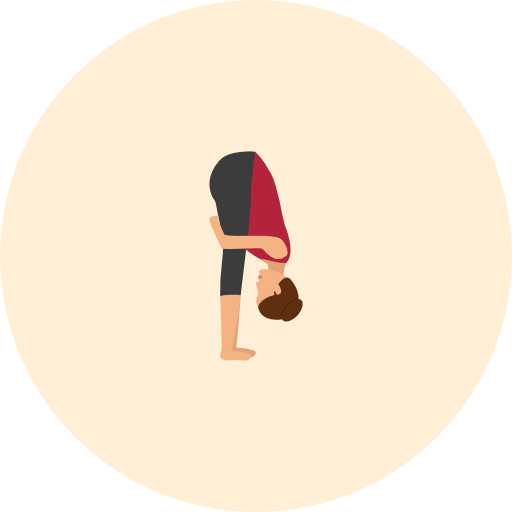
A standing yoga pose that stretches the hamstrings, calves, and
spine, while also calming the mind and relieving stress. To come
into the pose, start by standing with your feet hip-width apart
and your hands resting on your hips. Inhale as you lengthen your
spine and exhale as you fold forward from your hips, bringing your
hands to the ground or to the backs of your legs. If you have
tight hamstrings, you can bend your knees slightly to ease into
the stretch. Let your head hang heavy and relax your neck, and
take several deep breaths in the pose before coming back up to
standing.
12. Triangle (Trikonasana)

A standing yoga pose that stretches the hips, hamstrings, and
spine, while also improving balance and stability. To come into
the pose, start by standing with your feet about three to four
feet apart and your arms out to the sides, palms facing down. Turn
your left foot slightly inwards and your right foot out to the
side, making sure your right heel is aligned with the arch of your
left foot. Inhale as you reach your right arm up towards the
ceiling, and exhale as you reach your right hand down towards your
right ankle, shin, or a block, while at the same time extending
your left arm up towards the ceiling. Keep your gaze directed
towards your left hand and hold the pose for several breaths
before coming back up to standing and repeating on the other side.
















